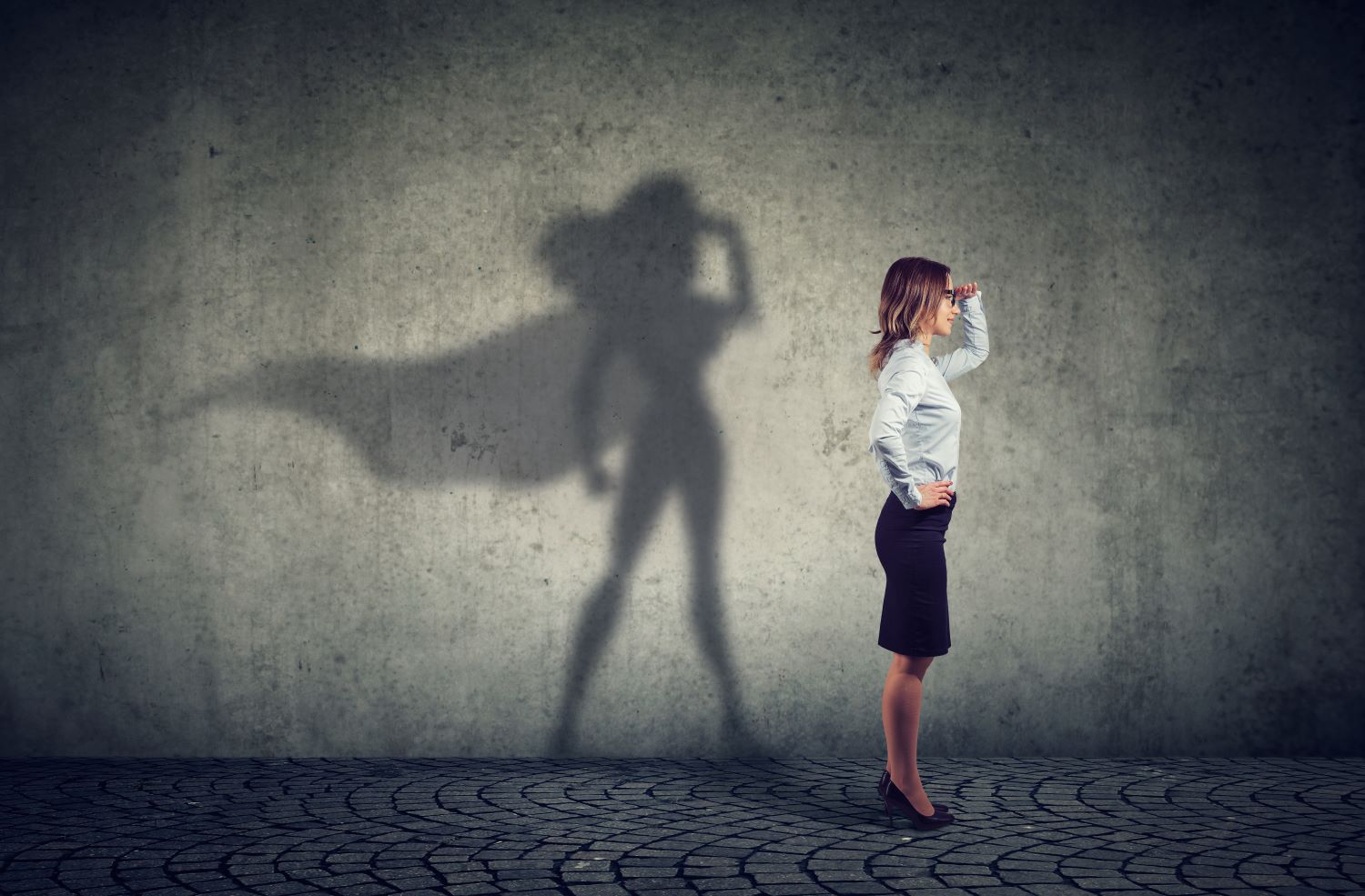Building Your Self-Confidence
Do you often find yourself doubting your ability to meet new people, make a good impression, or successfully accomplish tasks? Do you consider yourself to be not as well-off or confident as you once were, or would like to be? If so, you’re likely suffering from low self-esteem. You can work towards changing your mentality and building self-confidence to create a better life for yourself though.
What is Self-Esteem?
Self-esteem is “the degree to which one feels confident, valuable, and worthy of respect.” To put it plainly, self-esteem is a person’s own estimation about their value, ranging from notions of physical beauty to intellect, and even a gauging of how successful they’ve been in life as a whole.
A person’s level of self-esteem can drastically impact their behavior and mental state. People with high self-esteem tend to feel positive about themselves. They believe they’ve made successful choices and a good amount of progress toward their personal goals and life ambitions. On the other hand, people with low self-esteem are more likely to view themselves negatively. They feel shameful or doubtful about their personal progress and ability to make desired changes in their life.
Low self-esteem can also have debilitating effects on mental health. The American Psychiatric Association (APA) recognizes low self-esteem as a symptom of other mental health conditions which often leads to secondary issues such as anxiety and depression.
Who Suffers from Low Self-Esteem?
Low self-esteem is an incredibly common condition in people of all ages, cultures, occupations and economic groups. One does not necessarily have to be living in any particular condition of poor health or financial hardship to suffer from low self-esteem. Many people who would otherwise be considered successful and healthy have poor self-confidence.
Certain groups of people do seem to be more likely to suffer from low self-confidence. Studies show that high school-aged students are more prone to low self-esteem. Roughly 20 percent of teens experiencing depression before they reach adulthood. Approximately 44 percent of teen girls and 15 percent of teen boys are attempting to lose weight to feel better about themselves. More than 40 percent of boys engage in exercise in an attempt to build muscle to meet perceived notions of attractiveness.
The Royal Society for Public Health conducted a survey of people between the ages of 16 and 24 in the UK about their social media habits and self-described mental health. The study found that among social media platforms, Instagram was the most damaging to self-esteem. Of those surveyed, seven out of ten experienced cyber-bullying, with only thirty-seven percent having reported the harassment; 91 percent of those bullied said no action was taken by the social media network to reprimand bullies. Fortunately, the study also found that nearly seventy percent of young adults reported receiving support of some kind through social media during difficult or trying times.
The Consequences of Low Self-Esteem
Once someone develops a negative impression of themselves, the attitude tends to invade every aspect of their mentality. How this attitude manifests itself differs from person to person but seems to follow general patterns of behavior. Low-self esteem can be hard to manage but determining what pattern your low-self esteem follows can make it easier to overcome. Low self-esteem is defined by three major patterns:
Imposter Syndrome: Someone masks their insecurities by touting or exaggerating accomplishments, fearing that failures will reveal their flawed self.
Rebellion Model: Someone identifies those who project an air of indifference towards others’ opinions as an attempt to convince themselves they also don’t care. These people tend to act out and defy authority.
Victimhood Model: Someone who convinces themselves, they are helpless in the face of challenges and use pity to avoid making changes.
The consequences of low self-esteem can also be dangerous as studies have found that substance abuse is commonly associated with low self-confidence, and worldwide more deaths are caused by low self-esteem and depression-related suicides each year than homicide or war.
Building Better Self-Confidence
The most recommended aid for building better self-confidence is to seek the help of a therapist. These professionals are experts at helping you uncover and work through the underlying causes of your negative self-image. This is done in an environment that is both comforting and private. It’s not difficult to find therapy options in your area; most cities have several local therapists who can build a regular meeting schedule with you.
There are articles, websites and self-help options to guide you to improve your self-esteem. If you are looking for lower cost or options to do from home, a quick internet search for ‘building self-confidence’ will show you things to do yourself to build confidence.
Putting it All Together
It’s important to keep in mind that you’re not alone, as there are millions of others facing the same difficulties. There is a huge well of resources available to help you get the support you need.
You can overcome low self-esteem, and it often starts with making small changes day-to-day. The key is to realize your value and work toward appreciating the things that make you truly unique in life. If you need help, take advantage of the resources available to you. Start the process of working toward a more confident you today.





Leave a Reply
Want to join the discussion?Feel free to contribute!